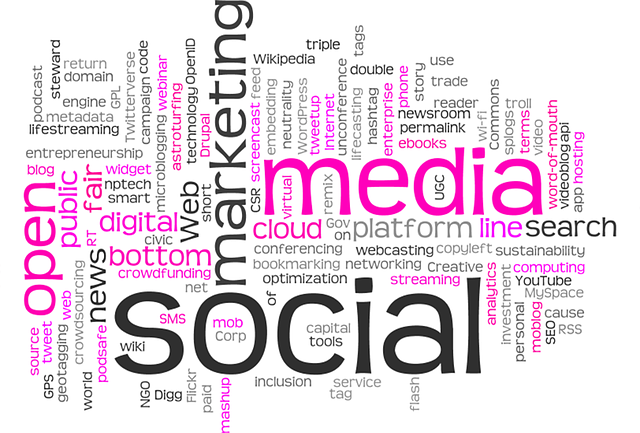The following is inspired thinking from Future Buzz community member and LiveWorld CEO, Peter Friedman.
If you want to put your finger on the zeitgeist of brand storytelling today, watch the recent GoPro ad, “Lions – The New Endangered Species.”
Actually, you could watch any GoPro ad, but I like this one because lions are cuddly and sometimes quite social. Almost 5 million people have watched it, wanting to see what life and lions look like from the point of view of the “lion whisperer” Kevin Richardson. If you’re not familiar with GoPro, they’re the camera gadget that clips to helmets or just about anything else and let viewers experience incredibly interesting POVs—from a bicycle, a surf board, or inside the arms of a lion—as though they were their own. They’ve been used to film all of Red Bull’s extreme sports videos; most famously, Felix Baumgartner’s fall from space.
The genius of GoPro’s content marketing—and why their videos are immensely viral—is that they don’t feel like ads. Customers make up the vast majority of them, and the ones produced in-house are terrifically visual, quality narrative storytelling.
But I’d argue that the massive popularity of the videos and the technology itself is due to something even more specific. GoPro is a zeitgeist product, the perfect technology for the kinds of stories (marketing and otherwise) that customers are finding increasingly desirable in a highly interactive social media and X-Box enhanced world. The company has seen its growth double year-on-year since it’s founding.
Today, customers want stories that put them in the driver’s seat, either as characters, narrators, or authors. Even better are stories in which customers themselves are creative agents, another reason why GoPro’s customer-submitted content performs so well.
The most successful brands are finding ways to tell stories that increase customer agency and tap into the customer’s emotional perspective—not just by satisfying aspirational fantasies, but also by meeting them where they are. This kind of storytelling goes way beyond Go Pros.
P&G’s “Thank You Mom” Olympics campaign is a great example of a branding shifting the focus of a story that everyone’s excited about (U.S. athletes’ Olympics dreams) to directly address one of their primary customer groups, moms. In these ads, we see mothers picking their winter-sporting kids up, again and again, through all ages of parenthood—all the way to the Olympics. It’s a tearjerker for anyone who is a parent or has a parent, and you don’t have to have worn skis or even watched the Olympics to be moved. (Disclosure: P&G is a LiveWorld client.)
Dove’s “Campaign for Real Beauty” is another program that comes immediately to mind as one that continually reorients a brand and its storytelling around the perspective, values, and concerns of its customer. When LiveWorld helped develop the original social media component for the Dove campaign in 2004-2006, we found that Dove, having flipped the entire cosmetics industry on its head, was actually resonating deeper and with more women than any competing brand. The key was that the campaign touched a chord that lead to women engaging in conversations with each other, rather than simply responding to the brand.
Smart brands realize that thanks to social media, customers are driving marketing conversations as much or more as they can themselves these days. Customers are aware of their heightened power in the dialogue, and tire quickly of stories and brands that just don’t get it.
Scavenger hunt: Which other brands and campaigns have been particularly successful at shifting the narrative toward the customer? I’d like to hear from you.
Peter Friedman ([email protected]) is the Chairman and CEO of LiveWorld, a social content marketing company that is a trusted partner to the world’s largest brands, including the number-one companies in retail, CPG, pharmaceutical, and financial/travel services. Follow Peter on Twitter at @PeterFriedman
